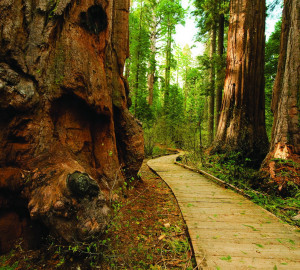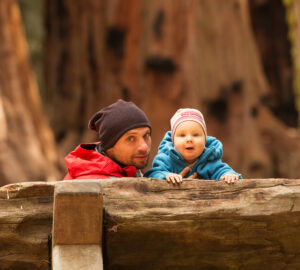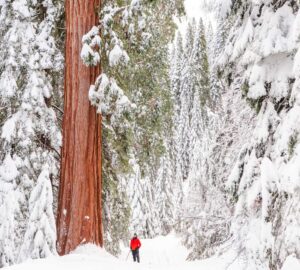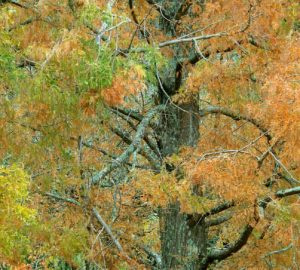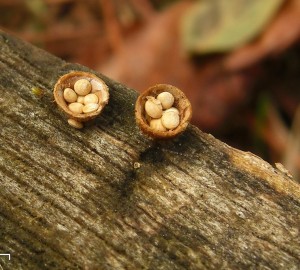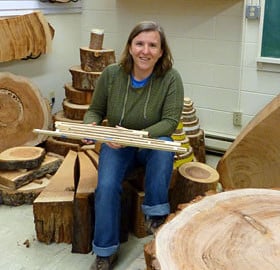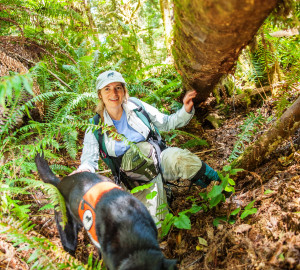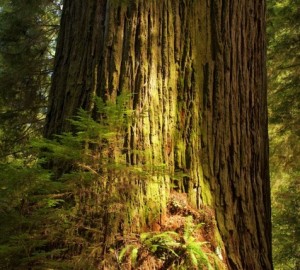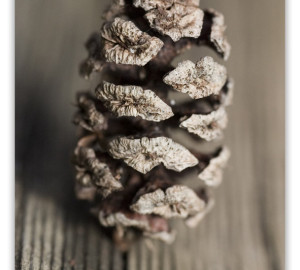
During a recent hike in the Berkeley hills with a friend, the topic of cones came up. There is an activity I like to do with students to teach them about cones: I bring in a small redwood cone and a large sugar pine cone and ask the students which one comes from the tallest tree in the world. Inevitably, they think the large sugar pine cone; this is a little trick in the education world but definitely an attention-getter.
So on my hike, I started thinking… how much do I really know about cones and their function? What are some of the tallest conifers and what are the sizes of their cones?
The cone holds the reproductive structures (the seeds) of a tree. A conifer (a cone-bearing tree) will have both male and female cones. The big, woody cone structures we normally see are the female cones, whereas the male cones are usually small and inconspicuous. The male cones contain pollen, which is used to fertilize the ovules of the female cone, which then eventually become seeds. Once the male cone releases its pollen, it often falls to the ground. After being fertilized, the female cone starts to grow and can range in size from a quarter of an inch to almost two feet.
The seeds are tightly held inside the cone until they are mature and ready to be released. At that point the cone changes color from green to brown, the scales start to open and the seeds are released. Some cones will actually stay closed until they reach a certain temperature —such as during a forest fire — then they release their seeds onto fresh, rich soil.
Seeds are typically dispersed in one of two ways, either by wind or animals. Wind-dispersed seeds usually have winglike structures that allow them to be carried over some distance. Seeds dispersed by animals are usually larger and do not have wings. Learn about how giant sequoia seeds are dispersed in my blog, The Secret of the Long-Horned Beetle.
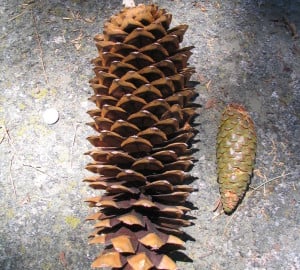
Different families of trees produce different types of cones. Members of the pine family (pine, spruce, fir and cedar) have cones with overlapping scales. Members of the cypress family (cypress, juniper and redwoods) have scales which are completely fused. To be even more different, some yews and junipers actually have fleshy coverings over their seeds which look more like a small fruit than a cone.
Cones have had multiple uses, especially in arts and crafts. They are used as table decorations, wreaths, bird feeders, fire starters and more. Perhaps most notable is the use of the juniper seeds to make gin.
The redwood forest is a fascinating place (did you know there’s a salamander that rattles?). Learn more!

